Why mangrove forests, seagrass meadows, and coral reefs first?
Learn why we chose to launch our first portfolio with these three projects!

Go Ocean launched in 2023 with a portfolio of three projects in three different countries. We know, only three…?? However, these three projects were carefully chosen based on our priorities and they form the basis to grow in the coming years.
Priority 1: Restore the most degraded marine ecosystems.
First, we want to restore the most degraded marine ecosystems worldwide before they reach their tipping point and lose their valuable life support capacity. Identifying the “most degraded” ecosystems is challenging, as it depends on specific criteria and the degree of degradation varies among regions. Some areas may be more resilient or better managed than others. However, some of the globally recognized degraded marine ecosystems include:
- Coral reefs, which are highly vulnerable to climate change, coral bleaching, overfishing, and pollution.
- Mangrove forests, which are ecosystems that are often threatened by urbanization, aquaculture expansion, and coastal development.
- Seagrass meadows, which form habitats that are threatened by coastal development, pollution, and climate change.
- Estuaries, where freshwater meets saltwater, are impacted by pollution from agricultural runoff, industrial discharges, and urban activities.

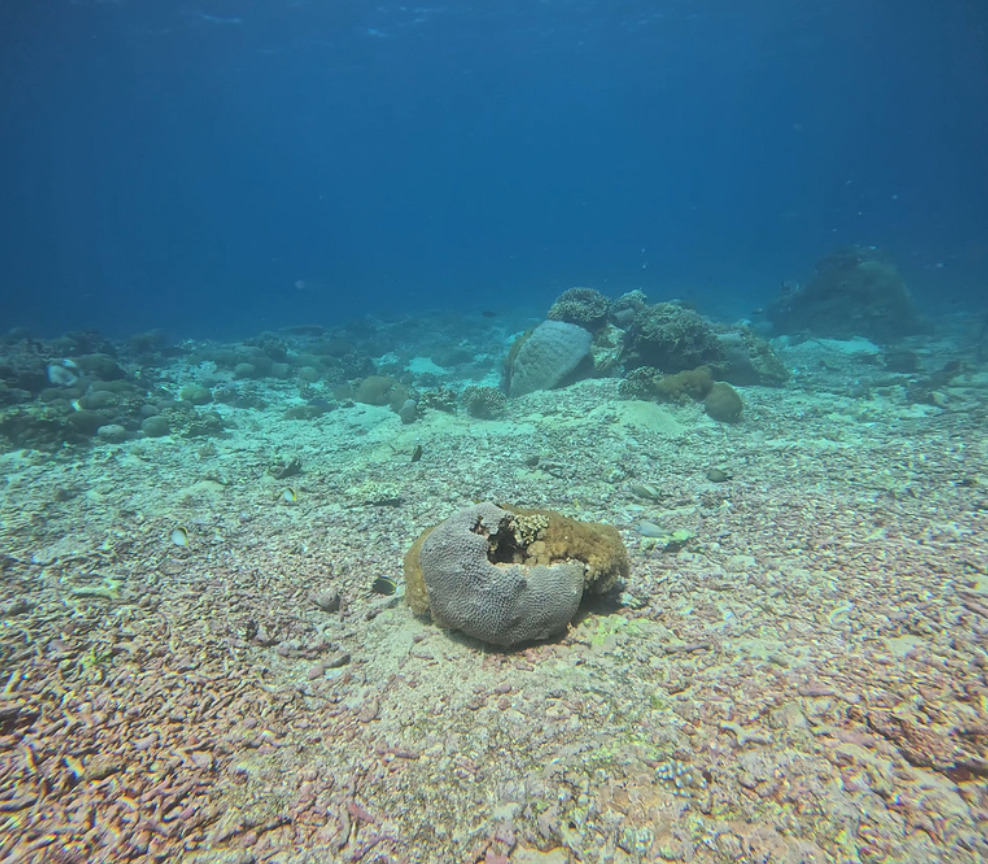
Image 2: Former coral reef degraded due to explosive fishing techniques near Nusa Penida, Bali (Indonesia).
INTERIM SCORE
CORAL REEF
MANGROVE FOREST
SEAGRASS MEADOW
ESTUARY
After looking into this first priority, we went on to research our other priorities and find out which ecosystems we had to include in our portfolio in the first year.
Priority 2: Support biodiversity and create marine wildlife habitat.
Marine ecosystems vary widely in terms of biodiversity and wildlife habitat support, and different ecosystems play crucial roles in supporting various species. However it’s important to note that these ecosystems are interconnected, and the health of one can impact the others.
Regarding the support of biodiversity and wildlife habitat, the most important and well-known ecosystem is the coral reef:
- Coral reefs are among the most biodiverse ecosystems in the world.
- They provide habitat for a vast array of marine species, including fish, invertebrates, and other organisms.
- Many commercially important fish species rely on coral reefs for breeding and feeding.
Besides coral reefs, estuaries are an important ecosystem in this context – and highly degraded. Estuaries are transitional zones where rivers meet the sea, creating a unique mix of saltwater and freshwater. That’s why they serve as nurseries for many marine species, providing a safe and nutrient-rich environment for juvenile fish and invertebrates.
Mangrove forests deserve to be added to this list, as mangrove ecosystems are found in coastal areas and provide important breeding and nursery grounds for fish and other marine species. They offer protection from predators and storm surges, making them critical for the survival of many species.
And lastly, seagrass meadows are also highly productive ecosystems that provide habitat for a variety of marine life, including fish, crustaceans, and mollusks.
INTERIM SCORE
CORAL REEF
ESTUARY
MANGROVE FOREST
SEAGRASS MEADOW

Image 3: A crab hiding in the seagrass bed, Scotland.
Besides these visible ecosystems, the open ocean, including the pelagic zone, supports a wide range of marine life, from plankton to large marine mammals. Many migratory species, such as whales and tuna, depend on the open ocean for feeding and breeding. The same counts for the deep-sea ecosystems, including hydrothermal vents and cold seeps, that host unique and often undiscovered species adapted to extreme conditions. These ecosystems contribute to global biodiversity and play a role in nutrient cycling. We should not forget about these less visible and highly important oceanic zones.
Priority 3: Mitigate the effects of climate change.
Marine ecosystems play a crucial role in climate mitigation by sequestering carbon dioxide (CO2). That’s why adding carbon-productive ecosystems to our portfolio is a must for us but also for our Go Ocean members, who are mainly companies trying to reduce their negative impact on people and the planet.
The three most effective ecosystems in capturing and storing carbon are mangrove forests, seagrass meadows, and tidal salt marshes: The dense root systems of mangroves trap organic matter, preventing its decomposition and allowing for the long-term storage of carbon in the sediment; Seagrass beds are important carbon sinks, since the seagrass plants capture and store carbon in their tissues and sediments;Tidal salt marshes are specific habitats within the estuarine ecosystem that can sequester large amounts of carbon. Like mangroves and seagrasses, salt marshes trap and store carbon in their soils.

Figure 1: Average GHG mitigation density of Blue Carbon interventions, compared with average figures for terrestrial forests, World Bank, 2023, p.24.
Other promising ecosystems according to recent research by the World Bank (World Bank. 2023. Unlocking Blue Carbon Development: Investment Readiness Framework for Governments. Washington, D.C.: World Bank) are seaweeds, kelp forests, benthic sediments, and mud flats (or tidal flats, which can also be found in estuary environments).
INTERIM SCORE
MANGROVE FOREST
ESTUARY
SEAGRASS MEADOW
CORAL REEF
KELP FOREST
BENTHIC SEDIMENT
The decisive factor: support local communities where it is most needed
Restoring various marine ecosystems can bring significant benefits to coastal communities, as healthy ecosystems provide essential services such as habitat for marine life, protection from storms, and resources for livelihoods. However, the successes of the projects also depend on local conditions, community involvement, and sustainable management practices.
Local communities often depend on marine ecosystems for their livelihoods and cultural identity. Involving these communities in the restoration process ensures that their traditional knowledge is considered, and they become stakeholders in the project’s success. Community support also helps in long-term monitoring and maintenance of restored areas.
Restoring the ecosystems near the coastlines or at the shore gives the most opportunity to involve local communities. Involvement can consist of education, workshops, restoration work, monitoring work, or co-organising a community feast where knowledge is exchanged and relationships are built.

Image 4: Community involvement in the coral reef restoration project in Nusa Penida, Bali (Indonesia).
FINAL SCORE
MANGROVE FOREST 🌊🌊🌊🌊
SEAGRASS MEADOW 🌊🌊🌊🌊
ESTUARY 🌊🌊🌊🌊
CORAL REEF 🌊🌊🌊
KELP FOREST 🌊
BENTHIC SEDIMENT 🌊
To conclude...
Based on all the factors above, we chose to launch our first portfolio in 2023 with
- Coral reef restoration with the local communities in Nusa Penida, Bali, where a lot of poverty and pollution are negatively impacting the island and its population (read more about it here).
- Mangrove forest restoration near a village in Madagascar where the local community – mainly climate refugees – can earn an income and live off the many crabs returning to the ecosystem.
- Seagrass meadow restoration in Scotland where local people are involved in restoring the heritage of their Scottish lochs and are stimulated to reeducate their surroundings in preserving their natural world.
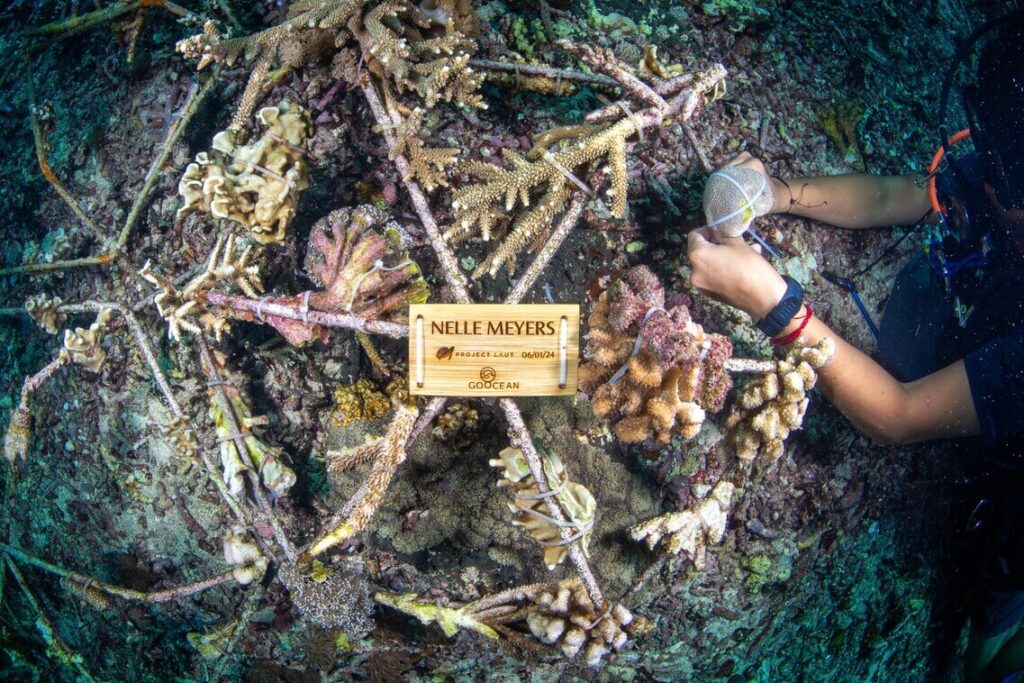
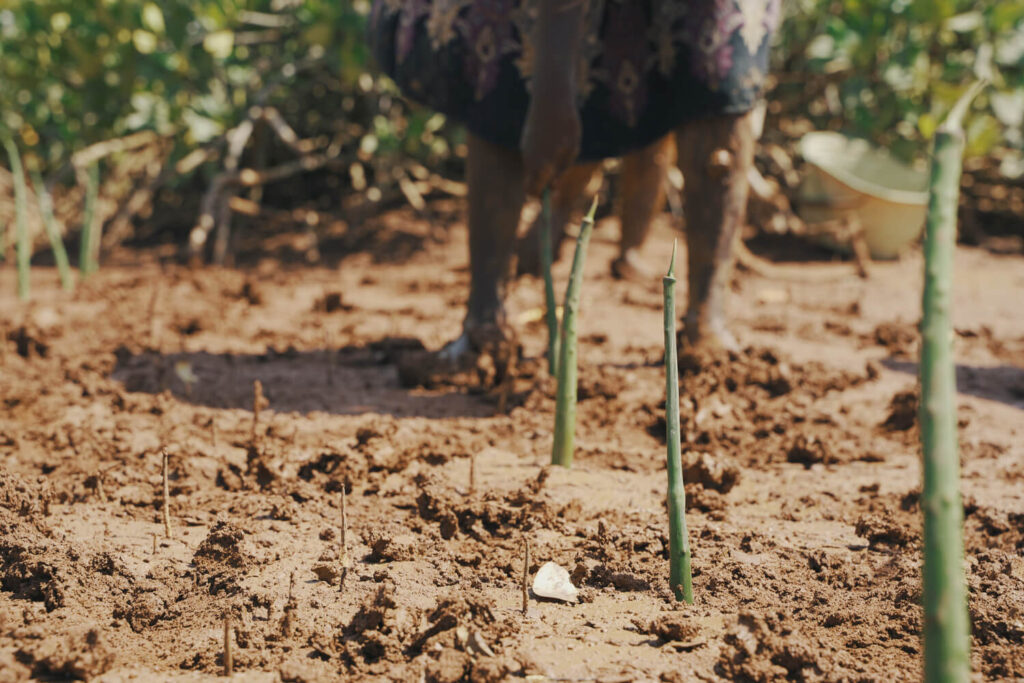
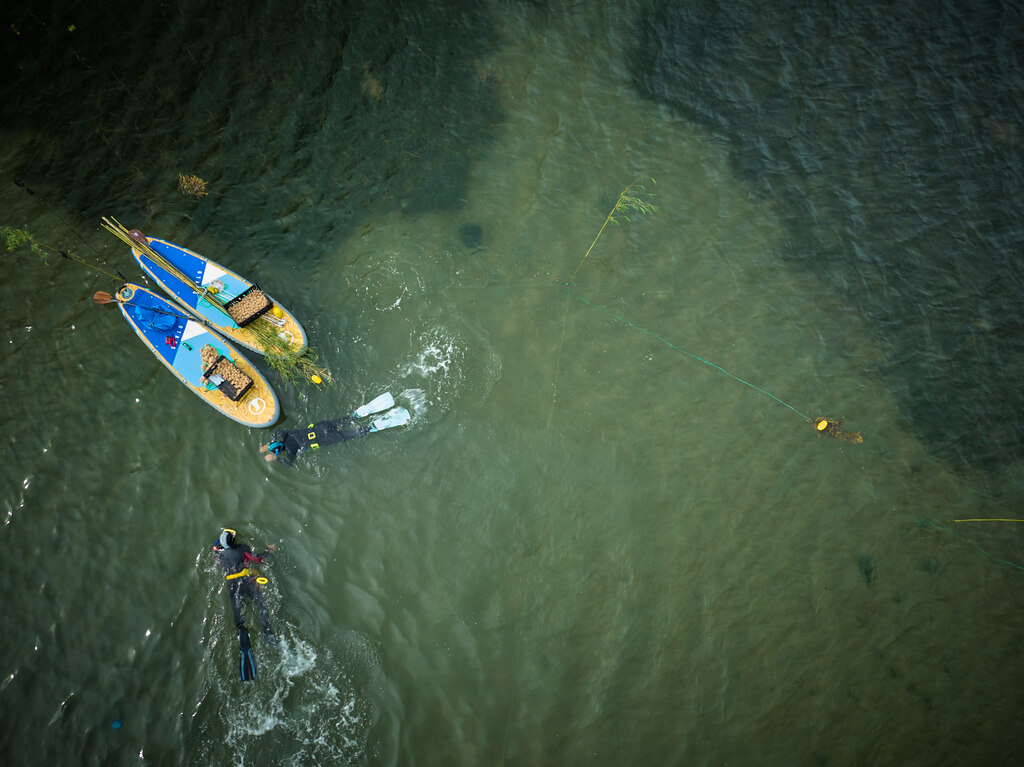
Image 5; 6; 7: Coral reef restoration project, Nusa Penida; Mangrove restoration project, Madagascar; Seagrass meadow restoration project, Scotland.
Of course, other ecosystem services are provided by every ecosystem as well and they are highly valued by us. That’s why in every one of our projects, you can find a complete overview of the benefits brought by the ecosystem. For example, seagrass meadows purify the water and stabilize the shoreline; mangrove forests protect shorelines from floods and storms; coral reefs break the waves before they hit the coast; kelp forests can serve as nutritious food for many species; and so on.
What's next?
In the first month of 2024, we already added a riverbank woodland project in Scotland benefitting estuaries and ultimately our ocean.
In 2024, we are expanding our portfolio with
- a local project protecting the Belgian shores from storms and floods.
- a seaweed/kelp project to further enhance carbon sequestration.
- a wildlife-focused project
Further into the future we will also try to positively ad actively contribute to the open ocean and deep-sea ecosystems.
We have taken so much from nature, and now it’s time for us to give back.
Found this article interesting? Spread the word.
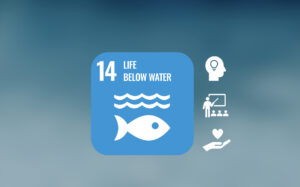
Revitalizing Our Oceans: The Critical Role of Businesses and SDG 14
This article explores why businesses should become stewards of the ocean, embracing sustainable practices and restoration initiatives to ensure a thriving marine environment for future generations.

Unlocking the mysteries of Blue Carbon Ecosystems
In this article, we take you with us to explore one of the ways the ocean is impacting the carbon cycle, namely through its blue carbon ecosystems.








One Response
Comments are closed.